Blockchain Nodes: Role and Function
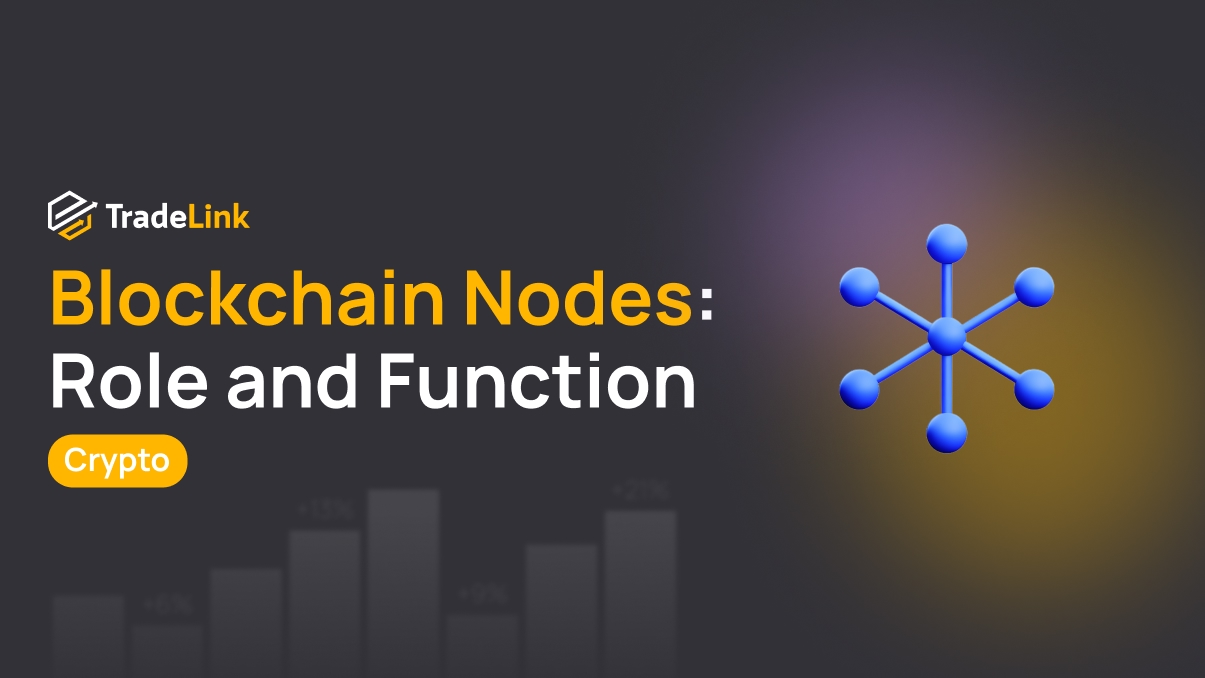
Contents
- Introduction
- What Are Blockchain Nodes
- Types of Nodes
- The Role of Nodes in Decentralization and Security
- How to Launch Your Node
- Requirements for Running a Node
- Turnkey Nodes
- Advantages and Challenges of Running a Node
- Conclusion
Introduction
Nodes in blockchain are critical elements — no cryptocurrency can function without them. They process data, relay information, and maintain order in the network. Thanks to nodes, blockchain remains decentralized — meaning a single centre doesn’t control it. This makes such networks resilient and fair.
As interest in cryptocurrencies and financial technologies grows, not everyone understands how blockchain’s foundation works. To grasp it, you need to start with nodes. They are responsible for security, transaction validation, and storing all data in the network.
What Are Blockchain Nodes
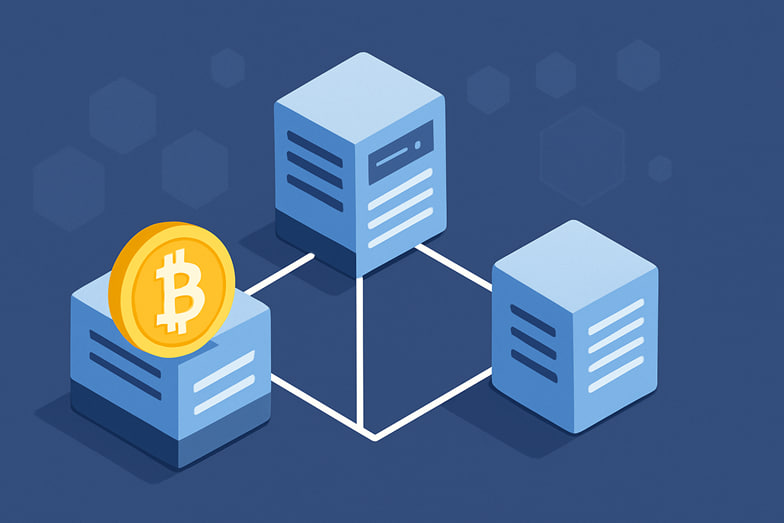
A node is a network participant connected to the blockchain. It receives, verifies, and transmits data. Simply put, a node is a computer that helps others in the network share consistent information. All these computers are connected, forming a decentralized network.
When people say “blockchain nodes,” they mean the units that support the operation of cryptocurrencies like Bitcoin or Ethereum. Without them, blockchain cannot function. Nodes don’t just relay data—they verify it, ensuring that no one can cheat the system.
Key Functions of Nodes
Every node performs several vital tasks. These functions ensure that the blockchain remains secure and stable.
Main functions include:
-
Transaction verification — ensuring no one can send more funds than they have.
-
Data storage — each node keeps a history of operations.
-
Network communication — nodes transmit information to other participants.
-
Participation in consensus helps determine which block is valid.
When someone sends cryptocurrency, nodes verify the transaction. If everything checks out, it’s recorded on the blockchain.
Types of Nodes
There are different types of nodes in blockchain networks. They vary in the amount of data they store and the roles they play. Some verify every transaction, while others only accept data from neighboring nodes. Some participate in creating new blocks; others simply store the full network history.
Node Type | What It Does | Suitable For |
Full Node | Stores the entire blockchain, verifies all transactions | Those who want complete independence and control |
Light Node | Stores only necessary data, and verifies selectively | Wallets and everyday users |
Mining Node | Creates new blocks, earns rewards | Participants in mining or staking |
Archive Node | Stores all data, including historical network states | Developers, analysts, and blockchain explorers |
Each type serves its purpose. If you’re just using cryptocurrency, a light node is enough. If you want full control and to contribute to the network, a full node is better. Mining and archive nodes are ideal for those working with infrastructure or building blockchain services.
Full Nodes
Full nodes are the primary keepers of the blockchain. They download the entire chain and verify each transaction independently. For example, if you install Bitcoin Core, your computer becomes a full node on the Bitcoin network.
Benefits of full nodes:
-
Increase the reliability of the network.
-
Allow other participants to access trustworthy data.
-
Operate independently without relying on third-party verification.
Ethereum also has full nodes, especially crucial for developers building decentralized applications (dApps).
Light Nodes
Light nodes are for those who don’t want to download the entire blockchain. They don’t verify every transaction but request relevant data from full nodes.
Advantages:
-
Fast setup.
-
Minimal memory and bandwidth usage.
-
Convenient for phones and wallets.
Disadvantages:
-
Dependence on other nodes.
-
Less control over data.
These nodes are commonly built into mobile wallets, allowing users to manage cryptocurrency without a complex setup.
How Nodes Work
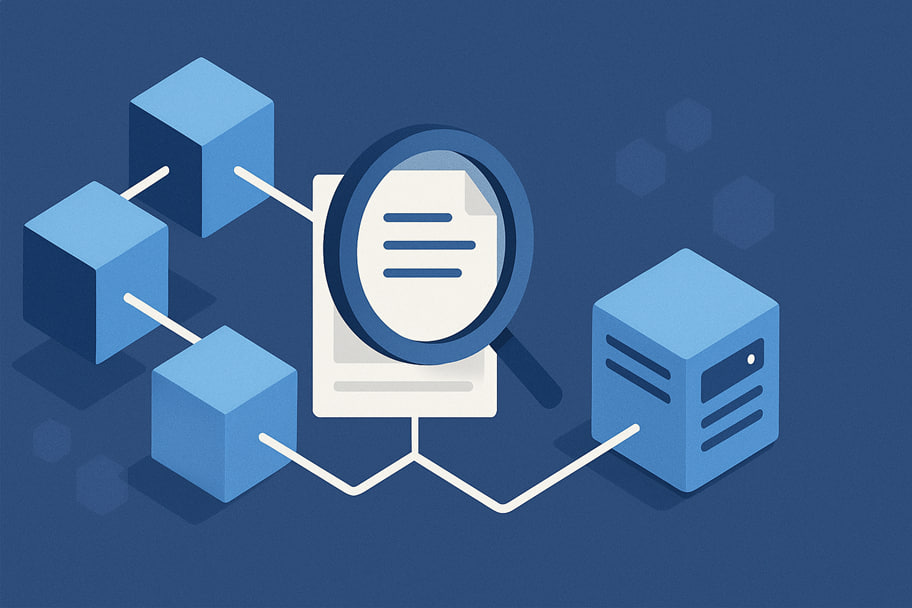
Nodes operate as a team. When a new transaction appears, it first reaches one node, which relays the information to others. All participants check the data and decide whether it can be added to the blockchain.
A consensus mechanism decides which block is valid — a shared set of rules. Blockchain networks use different methods:
-
Proof-of-Work (PoW) — miners solve complex puzzles to add a block.
-
Proof-of-Stake (PoS) — nodes are selected based on the number of coins their owners hold.
These mechanisms allow the network to reach agreement and prevent data manipulation. Bitcoin uses PoW — the fastest miner wins. Ethereum 2.0 uses PoS.
The Role of Nodes in Decentralization and Security
Decentralization is blockchain’s core principle. Nodes make it real. Every participant has a copy of the data; no one can control the system alone.
Nodes:
-
Prevent tampering with transaction history.
-
Protect the network from attacks.
-
Make the blockchain accessible to everyone.
When nodes are distributed across countries and not subject to a central authority, the network becomes resilient to attacks and failures. This is crucial not just for cryptocurrencies but for the future of global finance.
How to Launch Your Node
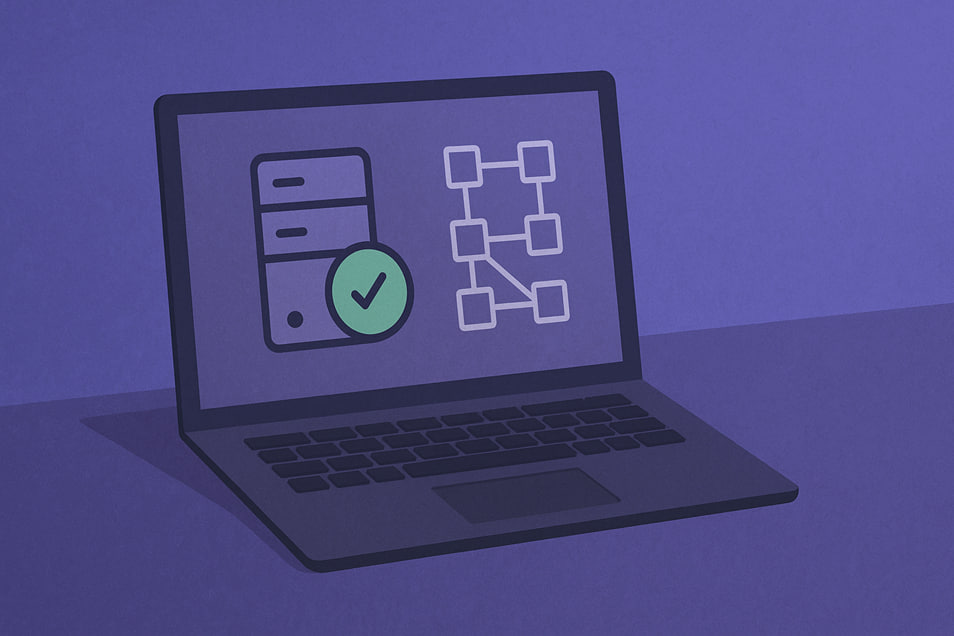
Many assume that launching a node is complex and only for developers. In reality, it’s not that daunting. Today, there are plenty of resources explaining the process step by step. One such site is Nodes.Guru — offering clear instructions for setting up nodes across various blockchains, from giants like Ethereum to promising newer projects.
If you want to join a decentralized network and launch your node, simply pick a blockchain and follow the guide. Everything is explained in simple terms, with visuals and command examples. Even without much crypto experience, you can succeed.
Running a node is a way to become part of the network and gain more control. And with a good guide, it’s achievable for nearly anyone.
Requirements for Running a Node
Requirements vary by blockchain. Some projects need powerful hardware and fast internet; others run on modest setups. For example, some require a server with 1 TB of disk space and 16 GB RAM, while others work fine on a regular laptop with good connectivity.
Here’s a basic list of standard requirements:
-
Stable internet connection — the node must be online most of the time.
-
Free disk space — usually from 50 to 100 GB, depending on the blockchain.
-
RAM — from 2 GB for lightweight networks, 8 GB or more for heavier ones.
-
Modern OS — usually Linux, though Windows is often supported.
Note: fast-growing projects generate more data, so getting hardware with extra capacity is wise.
Turnkey Nodes
If you don’t want to configure everything manually, there are ready-made services.
Turnkey nodes are fully configured setups. You choose a network, subscribe, and get a functioning node. There is no need to install software, manage servers, or handle updates.
You simply log in and start using it. This is ideal for those who want to begin quickly or focus on other tasks.
Where to Launch a Node in Two Clicks
Here are several services that allow you to deploy a full node “in two clicks”:
-
XNode — fast node deployment on popular networks. Great for validators and developers.
-
Nodes.Garden — easy setup with management dashboards and auto-updates.
-
AllNodes — offers masternodes, validator nodes, and full nodes on dedicated servers.
-
Chainstack is business/developer-focused and supports many networks with seamless access.
-
Zeeve — suitable for enterprises and enthusiasts. Offers cloud nodes and staking support.
Why It’s Convenient
-
No need to learn installation — everything is preconfigured.
-
Launch in minutes — no downloads, consoles, or terminals. Choose the network, click a button, and it’s ready.
-
Suitable for testing, apps, or participating in networks — some services even provide validator access.
What to Consider
Despite the convenience, keep these points in mind:
-
No direct access to the server — meaning you don’t control the hardware.
-
Changes in service terms — the provider may raise prices or limit features.
Advantages and Challenges of Running a Node
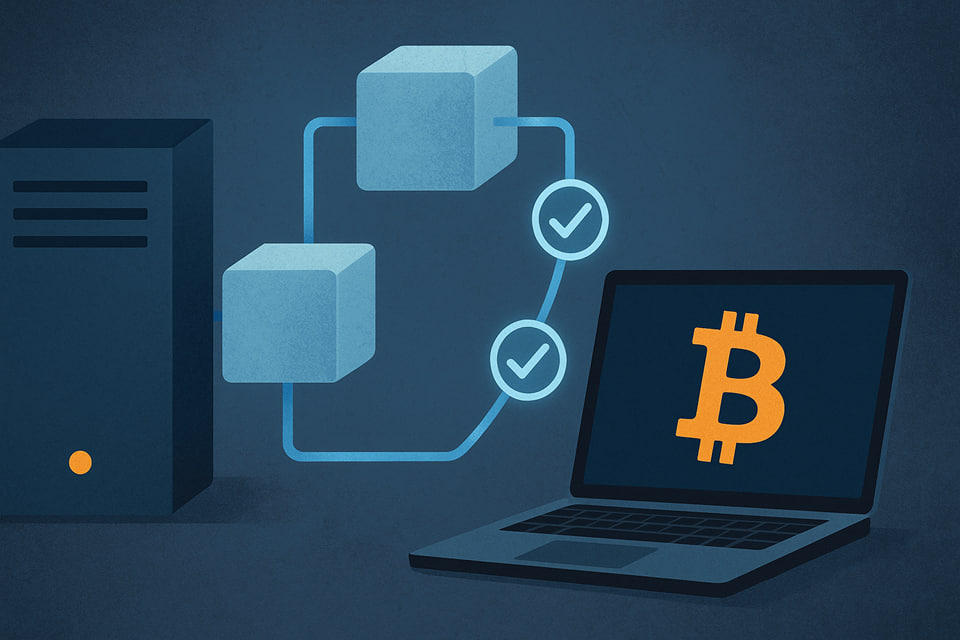
Running your node gives you greater control and insight into blockchain operations.
Main benefits:
-
You contribute to decentralization and network security.
-
You’re not dependent on third-party servers or APIs.
-
You can run your applications, like a wallet, a block explorer, or an analytics tool.
However, there are also challenges:
-
You’ll need a virtual server with the correct specs.
-
Some networks require significant disk space (tens or even hundreds of gigabytes).
-
If the node goes offline, you must troubleshoot updates, errors, and logs.
Whether to launch a node depends on your goals. It’s a valuable experience and a step toward greater independence in the crypto world, especially if you want to participate rather than just use the blockchain actively.
Conclusion
Nodes are the foundation of the entire cryptocurrency ecosystem. They store blockchain data, verify transactions, and maintain the network’s decentralization. Without nodes, a secure, resilient, and independent blockchain system would be impossible.
Launching your own node deepens your understanding of how cryptocurrency works and contributes directly to technological progress. It doesn’t require deep technical expertise — with quality guides and turnkey solutions, anyone can do it.
A node isn’t just a server — it’s a trust point you build yourself, which means: a path from passive user to active participant in the crypto world.